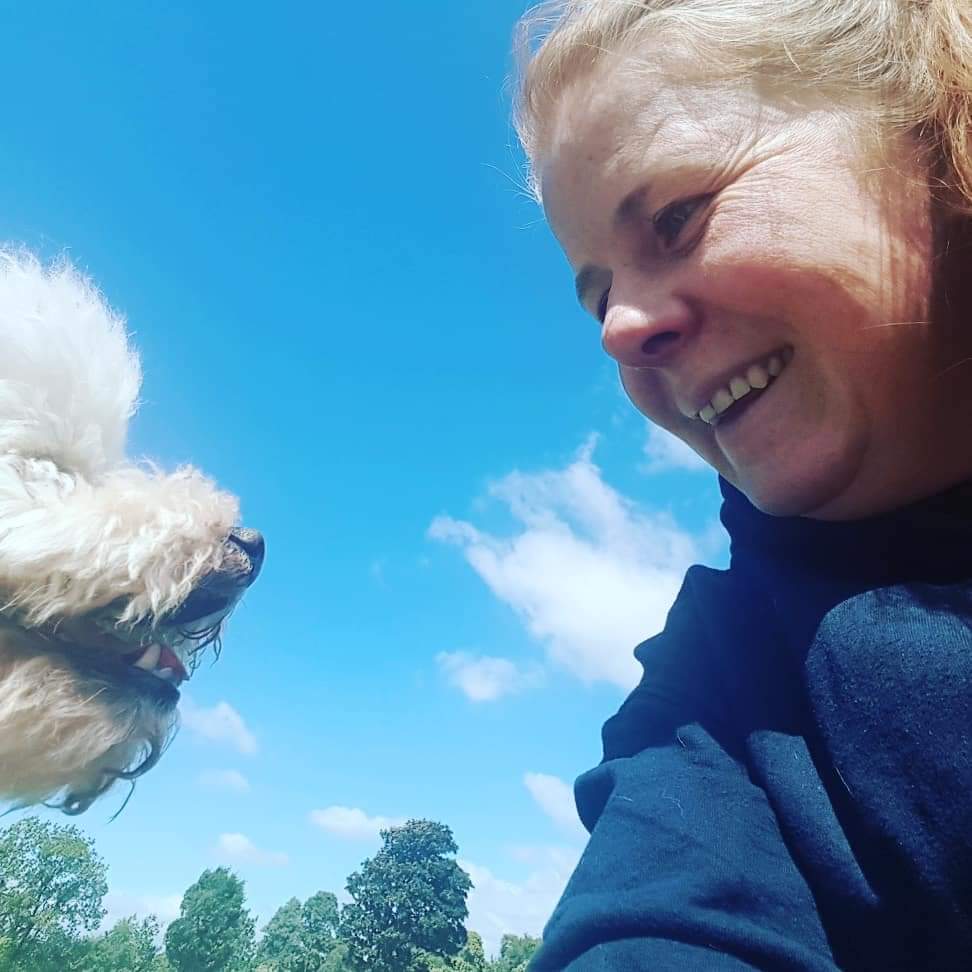
Clicker Training to help with unwanted behaviours
Can I Use Clicker Training to Stop Unwanted Behaviours?
Clicker training is widely praised for teaching dogs new tricks, but can it also help stop unwanted behaviours? The short answer: Yes! With the right approach, you can use clicker training for unwanted behaviours to replace problematic actions with positive alternatives. Let’s explore how this powerful technique can help transform your dog’s behaviour—without frustration (for either of you!).
Understanding Clicker Training for Difficult Behaviours
Clicker training is a form of positive reinforcement that marks desirable behaviour with a distinct sound (the click!) followed by a reward. But how does this apply to stopping bad behaviours? Instead of punishing unwanted actions, clicker training focuses on redirecting and reinforcing good behaviours.
For example:
Instead of punishing a dog for jumping, you click and reward when they sit instead.
If your dog barks excessively, you click and treat when they stay quiet.
For leash pulling, you click and reward when they walk nicely beside you.
Dogs quickly learn that good behaviour equals rewards, making them more likely to choose those actions over the unwanted ones.
How to Use Clicker Training to Stop Unwanted Behaviours
1. Identify the Root Cause
Before tackling an unwanted behaviour, ask yourself: Why is my dog doing this? Many behaviours stem from excitement, fear, boredom, or lack of training.
2. Teach an Incompatible Behaviour
Instead of simply saying “no,” give your dog a better alternative. If your dog jumps on guests, teach them to sit instead. Click and treat when they sit calmly rather than jump.
3. Click at the Right Moment
Timing is everything! If you click while your dog is still barking, they might think the barking is being rewarded. Click only when they exhibit the desired alternative behaviour.
4. Use High-Value Rewards
If your dog is dealing with a tough behaviour, standard kibble might not cut it. Try using small pieces of chicken, cheese, or a favourite treat to reinforce the new behaviour.
5. Stay Consistent
Training works best when everyone in the household follows the same plan. Make sure family members also use the clicker to reinforce positive behaviours.
6. Phase Out the Clicker Over Time
Once your dog consistently chooses the good behaviour, you can gradually reduce the need for the clicker and treats. Your dog will naturally respond to verbal praise or gestures instead.
Using Clicker Training for Fearful or Anxious Pets
Dogs struggling with fear or anxiety can greatly benefit from clicker training. The key is to build confidence by rewarding calm behaviours. Here’s how:
For fearful dogs, click and reward when they show curiosity instead of hiding.
For anxious leash walkers, click and reward when they stay calm around triggers like other dogs or loud noises.
For separation anxiety, click and reward independent behaviour, like lying down quietly in another room.
Clicker training helps reframe fear into positive associations, making stressful situations less overwhelming for your dog.
Common Mistakes to Avoid
🚫 Clicking at the wrong time – Be precise with your clicks to avoid reinforcing unwanted behaviours.
🚫 Expecting instant results – Behaviour change takes time. Stay patient and persistent!
🚫 Using the clicker without rewarding – The click should always be followed by a treat to maintain its meaning.
Final Thoughts: Click Your Way to Better Behaviour!
Using clicker training for unwanted behaviours is a kind, effective, and science-backed way to shape your dog’s actions. By focusing on reinforcing positive behaviours instead of punishing bad ones, you create a stronger bond with your pup while encouraging lasting behavioural improvements.
So, grab your clicker, some tasty treats, and start turning those unwanted behaviours into click-worthy moments! 🐶✨
